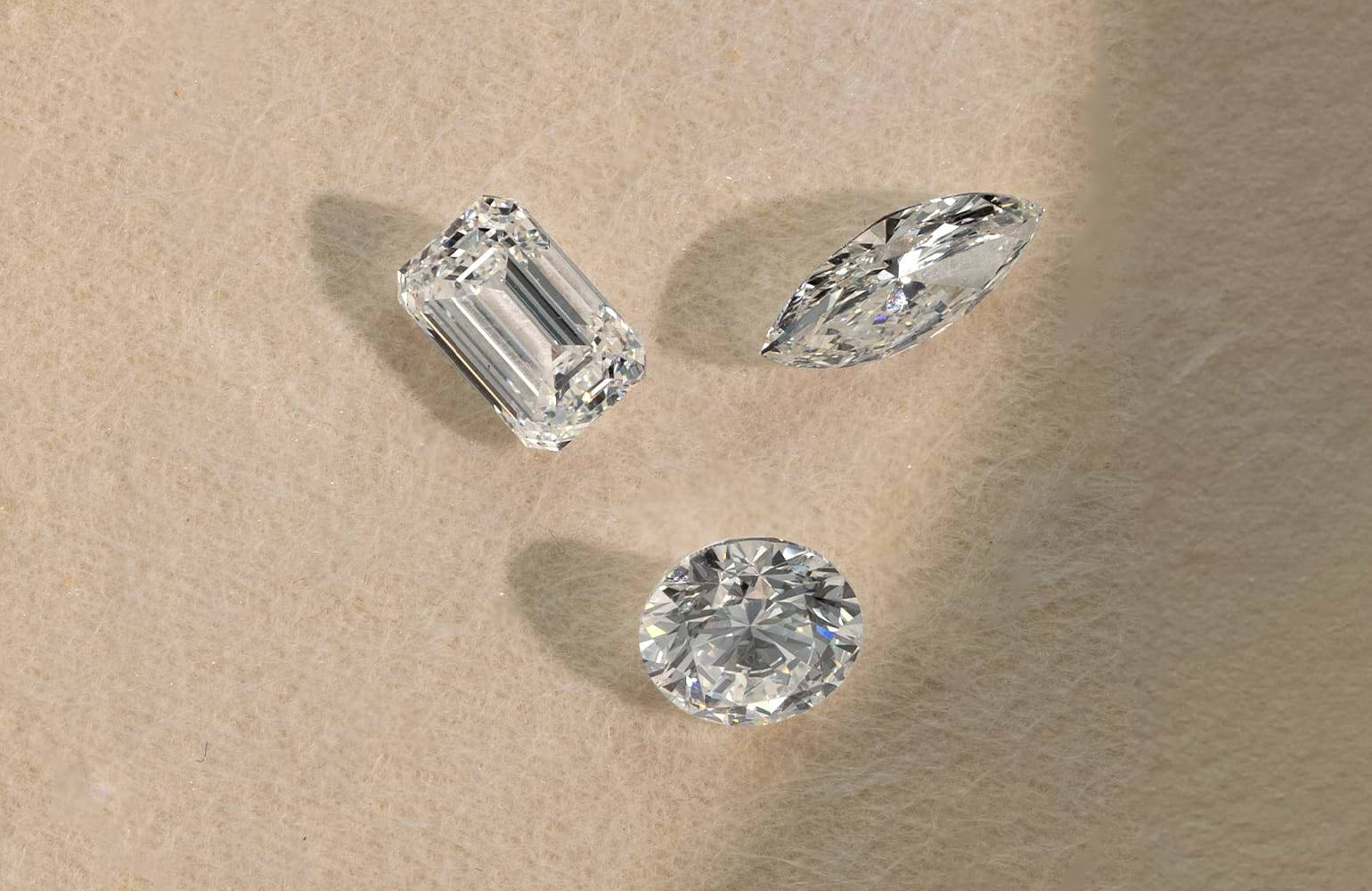Lab-grown diamonds have become a popular alternative to natural diamonds, offering the same brilliance and durability at a more affordable price. However, like natural diamonds, lab diamonds are evaluated based on the “Four Cs”: cut, clarity, color, and carat weight. Among these, lab diamonds cut grading is a critical factor influencing a diamond’s brilliance and overall appeal. In this article, we’ll explore what lab diamonds cut grading entails, why it matters, and how you can make an informed purchase.
What Is Lab Diamonds Cut Grading?
Cut grading refers to the evaluation of how well a diamond has been shaped and faceted to optimize its light performance. This aspect is particularly important for lab diamonds because their beauty largely depends on how light interacts with their surfaces. Lab diamonds cut grading examines the proportions, symmetry, and polish of the diamond to determine how effectively it reflects light.
When a diamond is cut to precise proportions, it maximizes its brilliance, fire, and scintillation. A poorly cut diamond, on the other hand, may appear dull or lifeless, regardless of its clarity and color. This is why understanding lab diamonds cut grading is essential when choosing a diamond.
The Key Factors in Lab Diamonds Cut Grading
Lab diamonds cut grading is based on three main aspects: proportions, symmetry, and polish.
- Proportions: This refers to the dimensions of a diamond and how they interact with light. The depth, table size, and angles of the diamond play a crucial role in determining its sparkle. Ideal proportions ensure that light enters the diamond, reflects internally, and exits to create maximum brilliance.
- Symmetry: Symmetry evaluates the alignment and balance of a diamond’s facets. Perfectly symmetrical facets enhance light reflection, which is a key criterion in lab diamonds cut grading. Even minor asymmetries can impact the diamond’s visual appeal.
- Polish: The quality of the diamond’s surface finish is assessed under polish. A well-polished diamond allows light to move freely, enhancing its brilliance. In lab diamonds cut grading, polish imperfections can lower the overall grade.
The Grading Scale for Lab Diamonds Cut
Lab diamonds cut grading is typically categorized into five main grades:
- Excellent: These diamonds achieve optimal proportions, symmetry, and polish, ensuring maximum brilliance.
- Very Good: Slight deviations from ideal proportions are present but do not significantly affect the diamond’s sparkle.
- Good: These diamonds reflect a fair amount of light but may lack the brilliance of higher grades.
- Fair: Light reflection is minimal, and the diamond appears less vibrant.
- Poor: Significant flaws in cut quality result in a lackluster appearance.
For anyone considering purchasing a lab diamond, aiming for a cut grade of “Very Good” or “Excellent” is recommended for the best visual appeal.
Why Lab Diamonds Cut Grading Matters
The cut of a diamond is often regarded as the most critical factor influencing its beauty. Even if a lab diamond has excellent clarity and color, a poor cut can make it appear dull. lab created diamonds cut grading helps buyers understand the craftsmanship behind a diamond and its ability to exhibit brilliance.
Unlike other grading factors, such as clarity or color, which are determined by natural properties or lab conditions, the cut is entirely dependent on human skill. This makes lab diamonds cut grading a reflection of the artistry involved in creating the perfect diamond.
How to Choose a Lab Diamond Based on Cut Grading
When shopping for lab diamonds, always prioritize cut grading. Request a certificate from a reputable gemological laboratory, such as GIA or IGI, which provides a detailed analysis of the diamond’s cut. Lab diamonds cut grading should be the primary focus, as it directly impacts the diamond’s brilliance and value.
Pay attention to the diamond’s shape as well. Different shapes, such as round, princess, or cushion, may have varying ideal proportions. While round diamonds typically achieve the highest cut grades, other shapes also offer stunning options if the cut is executed correctly.
The Role of Technology in Lab Diamonds Cut Grading
Advancements in technology have greatly improved the precision of lab diamonds cut grading. Automated cutting and laser techniques ensure that each diamond achieves optimal proportions and symmetry. These innovations have made it easier to produce diamonds with excellent cut grades, providing buyers with high-quality options at competitive prices.
The availability of advanced tools also allows gemologists to evaluate lab diamonds cut grading with unparalleled accuracy. This ensures that buyers receive reliable information about their diamond’s quality, empowering them to make informed decisions.
Conclusion
Understanding lab diamonds cut grading is essential for anyone looking to invest in a lab-grown diamond. The cut grade not only determines the diamond’s beauty but also reflects the skill and craftsmanship involved in its creation. By focusing on cut grading and choosing diamonds with excellent or very good grades, buyers can ensure their purchase sparkles with brilliance and elegance.
Whether you’re buying a diamond for an engagement ring or a special gift, knowledge of lab diamonds cut grading will help you select a gem that meets your expectations in quality and value. As the market for lab diamonds continues to grow, staying informed about cut grading ensures you make a confident and satisfying purchase.


